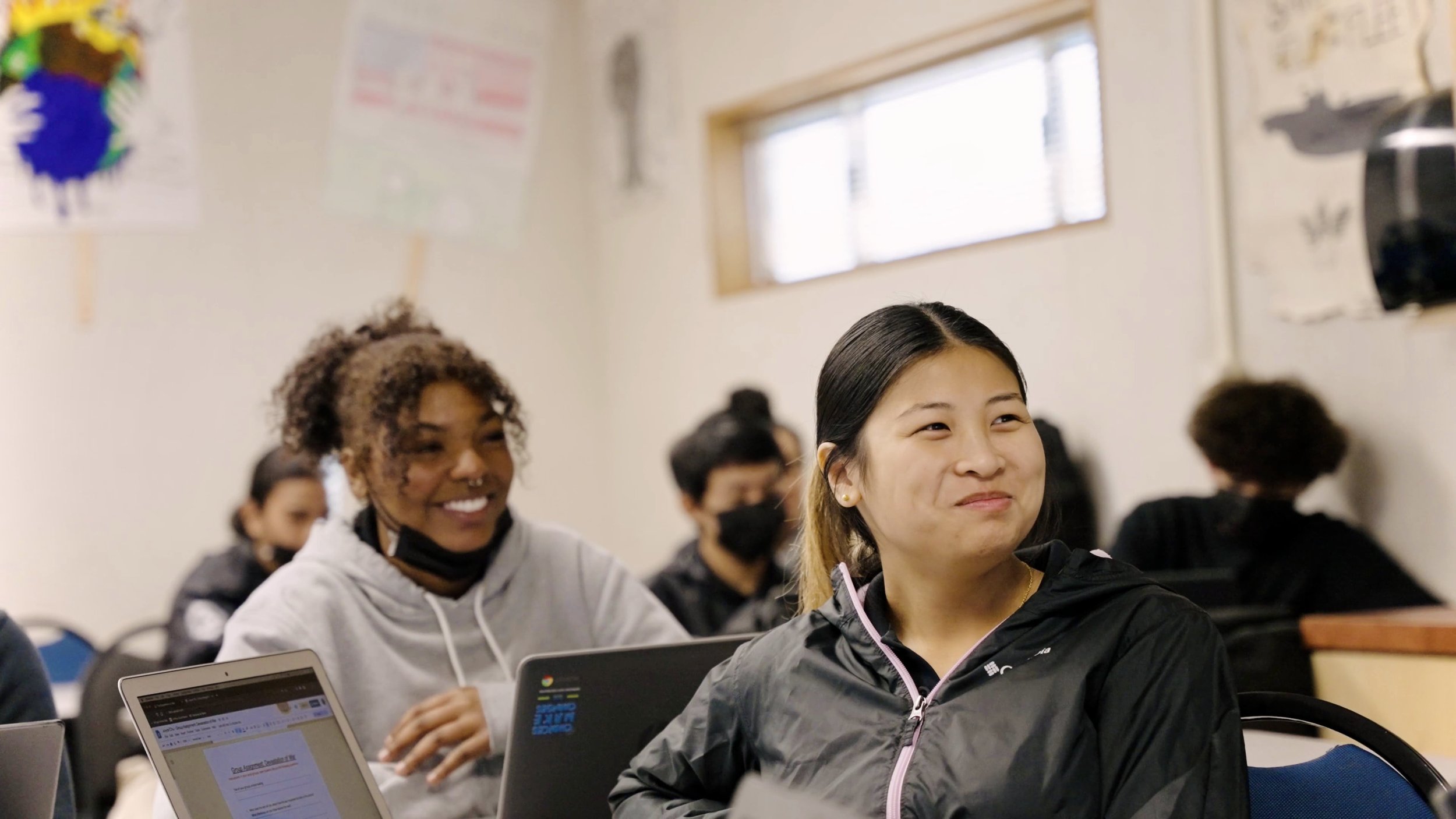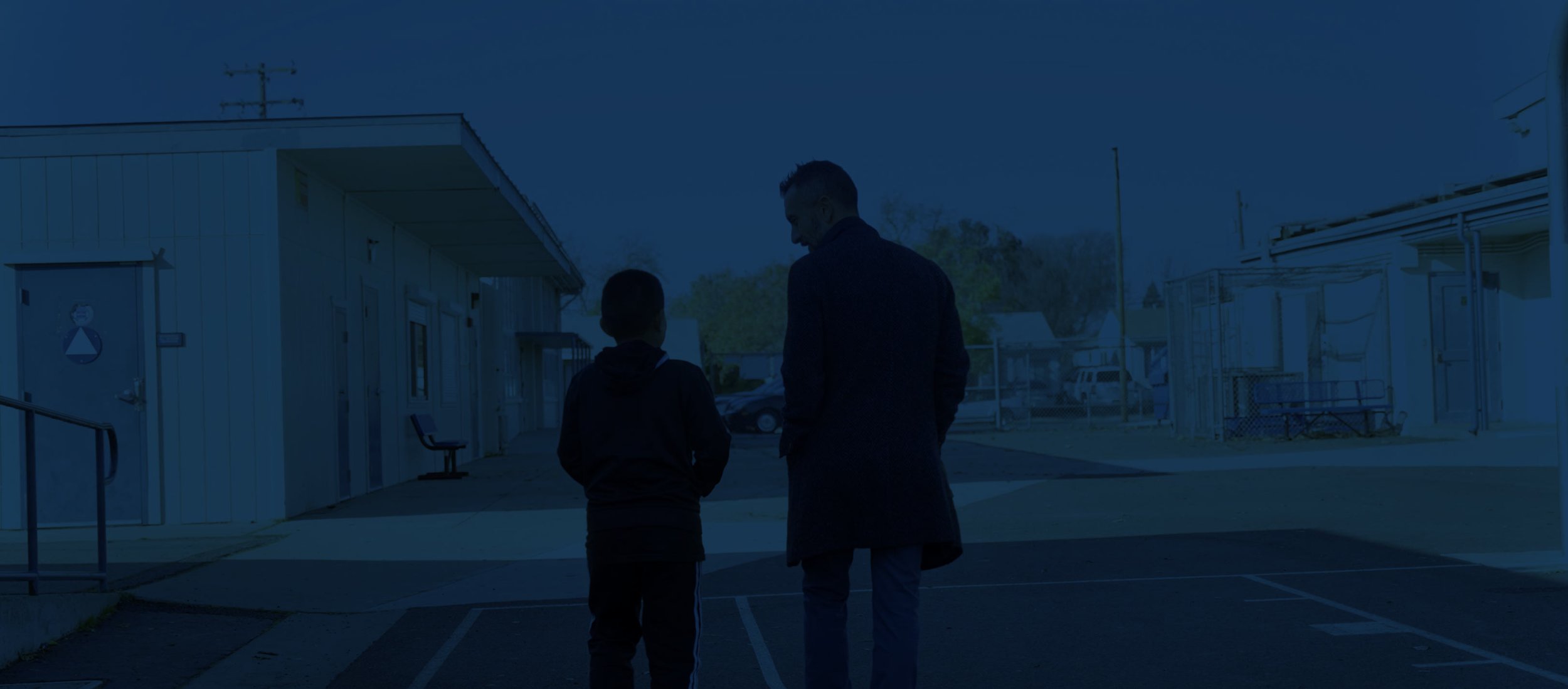
Our Work
We personally connect with students, families and school staff by providing mental health supports on campus. We work with our school community to reduce barriers and stigma regarding mental health issues and to increase access to care for our students and families.
The Why
Addressing mental health needs in school is critically important.
Suicide, which can result from the interaction of mental disorders and other factors, was the second leading cause of death among youth aged 15–24 years in 2017.
Studies show that 1 in 5 children and youth have a diagnosable emotional, behavioral or mental health disorder
1 in 10 young people have a mental health challenge that is severe enough to impair how they function at home, school or in the community.
Many estimates show that as many as 80% of them do not receive the mental health care they need. In Sacramento County, that equates to 50,000 students having a diagnosable mental health disorder, with upwards of 40,000 not receiving the care they need.

It All Comes Down to Relationships
The presence of at least one caring adult in the life of a young person can be the difference in how a young person successfully navigates significant adversity (National Scientific Council on the Developing Child, 2015). It is essential to build a trusting relationship and a secure environment within which students feel free to express themselves, explore their thought processes, identify goals, as well as barriers to achieving those goals.
Three key aspects to building healthy school relationships are:
Empathy
The first critical component to building trust is the ability to convey empathy. Empathy, as defined by Heinz Kohut is “a fundamental mode of human relatedness, the recognition of the self in the other; it is the accepting, confirming and understanding human echo” (Kohut, 1978; p. 704-705). Human echo; in other words, the ability to adequately and accurately identify, and reflect back to the other, that which the other is feeling. In a clinical relationship, empathy allows the client to feel seen and heard, as well as validated. Further, empathy is the first step towards forming a trusting relationship, or the therapeutic alliance.
Unconditional Positive Regard
Unconditional positive regard, or respect for the “dignity and worth of the person” as indicated in the Social Work Code of Ethics, is central to the practice of a helping profession (2008). The means by which teachers convey this unconditional positive regard is through empathic communication. However, there must be sufficient self-awareness on the part of the teacher to determine how effectively he or she is communicating positive regard and empathy. The teacher must be able to see what is going on with the students, but also what role he or she is playing in what is happening to the students.
Continuity
Within the context of the therapeutic alliance, continuity refers to the ability of the clinician to maintain objectivity and consistency. The clinician must have some ability to be objective while also empathically communicating to the client. This is what provides the final component of the helping relationship, continuity. The clinician must be objective to be able to notice patterns, as well as accurately and adequately reflect what students are experiencing; all while maintaining consistency. This all adds up to an ability to foster continuity.

Emerging Research
Our work is based upon a deep body of emerging research. We’ve done our best to compile the most compelling and instructive works here.
Collective Impact Model
Collective impact is a network of community members, organizations, and institutions who advance equity by learning together, aligning, and integrating their actions to achieve population and systems-level change. This definition identifies equity as the
North Star for why and how collective impact work takes place, specifically names community members as key actors along with other stakeholders, and emphasizes the importance of systems change in this work. All 5 segments (leaves) together contribute to creating School-Based Mental Health and Wellness.
COST Teams
The purpose of a Coordination of Services Team (COST) is to provide students equitable access to education by coordinating school-wide efforts to ensure that the overall system of support works together effectively. COST area of focus takes a holistic approach and includes academic, behavioral, attendance, social-emotional, mental health, and overall wellness.
Five Major Elements of the COST Process
Creating Regular Meetings with a Consistent Structure
Ensuring Collaborative Service Delivery
Ensure COST is creating a system that meets the needs of our students
Setting-Up an information gathering process for incoming referrals
Building a School-Wide or Universal Referral System
Social Emotional Learning
Social and Emotional Learning (SEL) is an integral part of education and human development. SEL is the process through which all young people and adults acquire and apply the knowledge, skills, and attitudes to develop healthy identities, manage emotions and achieve personal and collective goals, feel and show empathy for others, establish and maintain supportive relationships, and make responsible and caring decisions.
Social Emotional Learning advances educational equity and excellence through authentic school-family-community partnerships to establish learning environments and experiences that feature trusting and collaborative relationships, rigorous and meaningful curriculum and instruction, and ongoing evaluation. SEL can help address various forms of inequity and empower young people and adults to co-create thriving schools and contribute to safe, healthy, and just communities.
The accompanying wheel provides five broad and interrelated areas of competence.
Source: CASEL












